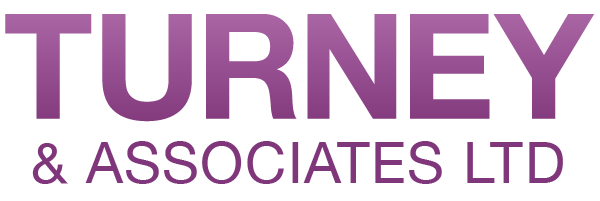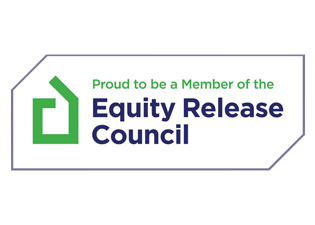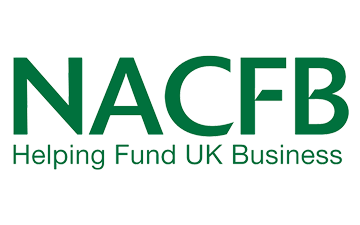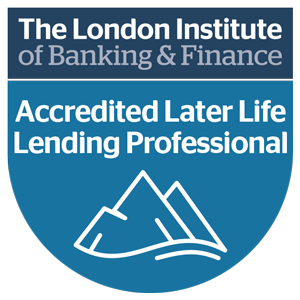Changes to the income tax treatment of buy-to-let may have been announced some time ago, but the financial impact of these changes are only just starting to hit landlords in the pocket.
With tax returns for 2017-2018 now being submitted ahead of the end of January deadline, these will be the first to include the staggered removal of mortgage interest tax relief on rental income. Consequently, many of those returns will result in a larger than expected bill for some landlords.
Individual residential landlords with mortgages on their properties will be affected if they are higher or additional rate taxpayers or pushed into higher or additional rates by the new mortgage interest relief restriction rules. The first year that the rules came into effect was for the year ending 5th April 2018. However, as the due date of tax for said year is 31st January 2019, people will be feeling the pinch for the first time soon.
It is difficult to quantify the increase as it depends on a number of factors, however, as a rule of thumb:
- Higher rate taxpayers will pay additional tax equivalent to 5% of their interest cost and additional rate taxpayers will pay additional tax of the equivalent of 6.25% of their annual interest cost for the year ended 5th April 2018.
- The above could be worse for some people if they are pushed into the higher or additional rate tax bands by the mechanics of the above rules or it causes them to have their personal allowance tapered away.

Mitigating these tax increases will require tailored advice because every case is different. One option buy-to-let investors could consider is incorporation (transferring their properties to a limited company in exchange for shares) as the new restriction does not apply to companies.
Additionally, rates of Corporation Tax (currently 19% and moving to 17%) are lower than income tax (which is 20%, 40% and 45%, depending on the tax bracket). Incorporation can, in some circumstances, be achieved without triggering Capital Gains Tax (CGT) and Stamp Duty Land Tax (SDLT). However, the default position is that the properties are transferred into the company at market value and will trigger a disposal for CGT and a purchase at market value for SDLT.
Investors could also consider forming a limited liability partnership (LLP) with a limited company and the corporate partner’s profit share would not be subject to the interest relief restriction rules. However, the mixed partnership rules severely limit the profit allocation which can be attributed to the corporate member, so the effectiveness of this option is hampered.
[Source: Mortgage Solutions, 7 December 2018]
Need advice, or want to know more? Call or email us for a chat!







